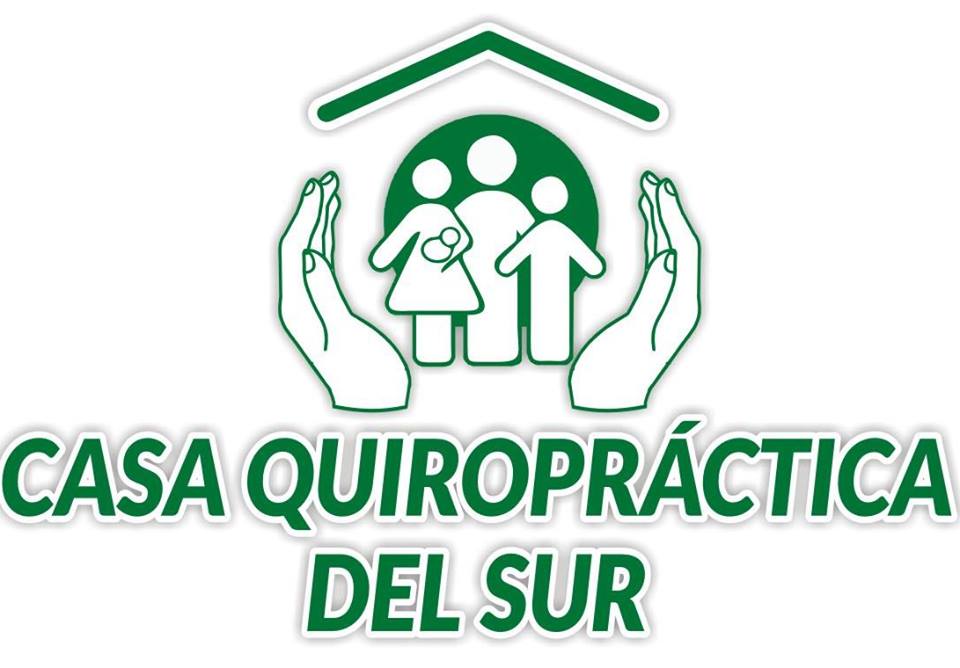http://icpa4kids.org/Chiropractic-Research/Immune-Function/
——————————————————————————————
Chiropractic and the Neuroimmune Connection
Objective: To review the literature on the connections between the nervous and the immune systems, and to explore the contention that chiropractic adjustments may affect neuroimmune function.
Data Collection: Relevant articles in English were retrieved through a search of MEDLINE and the Index to Chiropractic Literature. Key search terms included: chiropractic, immune system, nervous system, sympathetic nervous system
Results: There appear to be numerous modes of communication between the nervous system and the immune system. It also appears, not only in theory but in practice, that chiropractic adjustments may have a beneficial effect on the functioning of both the nervous and the immune system.
Conclusion: For many years chiropractors have claimed that spinal adjustments can help improve the overall health of an individual. There is a growing body of scientific research to support this contention.
Ari Cohn, DC [September 30, 2008, pp 1-5] http://www.jvsr.com/abstracts/index.asp?id=373
—————————————————————————————————————–
Vertebral Subluxation Correlated with Somatic,Visceral and Immune Complaints: An Analysis of 650 Children Under Chiropractic Care
Background: We evaluated children and their neuromuscular, biomechanical, neuro-homeostatic development and patterning in order to gain some insight into the perplexing problem of health attainment. We describe the nuances and effects of a new subluxation pattern seen in children – the Pelvic Distortion Subluxation Complex (PDSC). We feel that the PDSC is responsible, partially or fully, for a number of adaptive neurological patterns and kinesiopathological reflexes that can propagate a myriad of conditions – these seem to arise in childhood and plague individuals into adulthood. The authors maintain that PDSC is an entity amenable to correction – thereby restoring homeostasis.
Objective: It is the author’s contention that many, if not the preponderance of conditions seen in adults, have their origins in the childhood years. The objective of this paper is to describe a new subluxation pattern seen in children – the Pelvic Distortion Subluxation Complex which we found to be a common denoninator in many children’s health issues.
Conclusion: The process of neurological learning or programming of the central nervous system with respect to locomotion, posture, proprioception, and body kinetics begins within a few short months after birth. Our study revealed a pattern of pelvic dysfunction correlated with numerous somatic, visceral and immune complaints. These dysfunctions should be discovered as early as possible in a child’s development to effect a correction and the relationship between these dysfunctions and ill health should be further studied.
Ogi Ressel BSc, DC, DACBR(C), FICPA Bio and Robert Rudy BSc, DC, FICPA Bio Journal of Vertebral Subluxation Research October 18, 2004 pp 1-23
——————————————————————————————————————–
The Effects of Chiropractic on the Immune System: A Review of the Literature
This paper outlines the many components of the mammalian immune system and the anatomical and physiological connections suggesting that the nervous system plays a role in the modulation of immune response. The few studies attempting to measure the effect of chiropractic or manipulative treatment on the immune system are reviewed. Their results suggest that chiropractic or manipulative treatment may influence T and B lymphocyte numbers, NK cell numbers, antibody levels, phagocytic activity and plasma beta-endorphin levels. The influence of these effects on the outcome of host resistance is unknown. There is now a need for large, well-planned clinical trials using some of the more sophisticated measures of immune function to establish whether chiropractic treatment can influence the immune response in a clinically significant manner.
James M. Allen Chiro J Aust 1993 (Dec); 23 (4): 132-135
———————————————————————————————————————-
The Reflex Effects of Subluxation: The Autonomic Nervous System
![996495_603028739743368_2030811418_n[1]](https://casaquiropractica.com/wp-content/uploads/2013/07/996495_603028739743368_2030811418_n1-300x284.jpg)
There is no shortage of theories to explain the role of the subluxation in disease and the effect of the adjustment in relieving symptomatology. The autonomic nervous system has often been invoked in constructing mechanisms to account for the effects of spinal dysfunction. Recent investigations justify the attention which has been focused on this component of the nervous system.
Recent neuroscience research supports a neurophysiologic rationale for the concept that aberrant stimulation of spinal or paraspinal structures may lead to segmentally organized reflex responses of the autonomic nervous system, which in turn may alter visceral function.
Brian Budgell, D.C. J Manipulative Physiol Ther 2000 (Feb); 23 (2): 104-106
